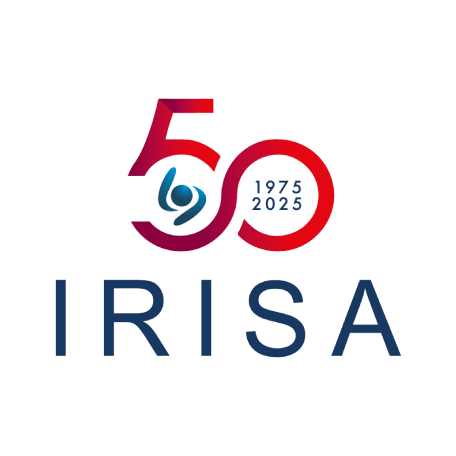SemSecuElec
S É M I N A I R E
Sécurité des Systèmes Électroniques Embarqués
https://seminaires-dga.inria.fr/
Ce séminaire est ouvert à tous (académiques et industriels).
Pour les indications d'accès et les modalités pratiques, voir la page web :
https://seminaires-dga.inria.fr/
Abonnement à la liste de diffusion des annonces :
https://sympa.inria.fr/sympa/info/sem-secu-elec
--------------------------------------------------------------------------------
VENDREDI 8 AVRIL 2022 SALLE PETRI-TURING 11h
--------------------------------------------------------------------------------
" Bridging Deep Learning and Classical Profiled Side-Channel Attacks."
Gabriel Zaid ( Thales ITSEF, Toulouse)
Over the recent years, the cryptanalysis community leveraged the potential of research on Deep Learning to enhance attacks. In particular, several studies have recently highlighted the benefits of Deep Learning based Side-Channel Attacks (DLSCA) to target real-world cryptographic implementations. While this new research area on applied cryptography provides impressive result to recover a secret key even when countermeasures are implemented (e.g. desynchronization, masking schemes), the lack of theoretical results make the construction of appropriate models a notoriously hard problem. In this talk, we propose to investigate a new research axis in order to bridge Deep Learning and Side-Channel Attacks. In particular, we explain the similarities between the generative models and the classical profiled attack (i.e. template attacks, stochastic attacks), and we develop the first DLSCA model that can be fully explained from side-channel theoretical results. This model reduces the black-box property of DL and eases the architecture design for every real-world crypto-system. Finally, a discussion is provided to define the benefits and the limitations of this new solution and a new perspective is proposed for DLSCA models.
